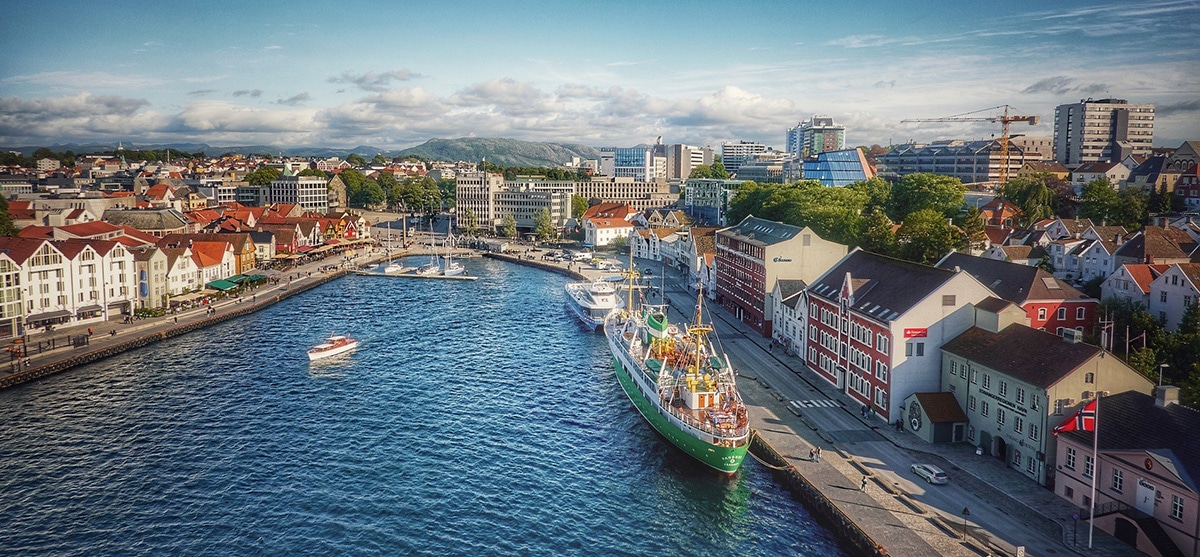
One of the oldest sites in Norway is Stavanger. It is both a city and a municipality that has its origins in the twelfth century, but which came to life in the twentieth century thanks to the oil industry.
Today, it is a vibrant city, one of the largest metropolitan areas in Norway, and a tourism destination.
Stavanger

As we said, it is one of the oldest cities in Norway and its location has been important throughout the history of the country. Have a deep water port natural and is located in a strategic point of the commercial shipping routes on the west coast.
When Christianity arrived, relations between Stavanger and Europe, especially with Great Britain, were strengthened, displacing the cult of the Vikings. The Christian presence began to be really strong, hand in hand with monasteries dedicated to education, a relationship that was maintained through Middle Ages although after the Reformation the advantageous situation of the religious landowners changed dramatically.
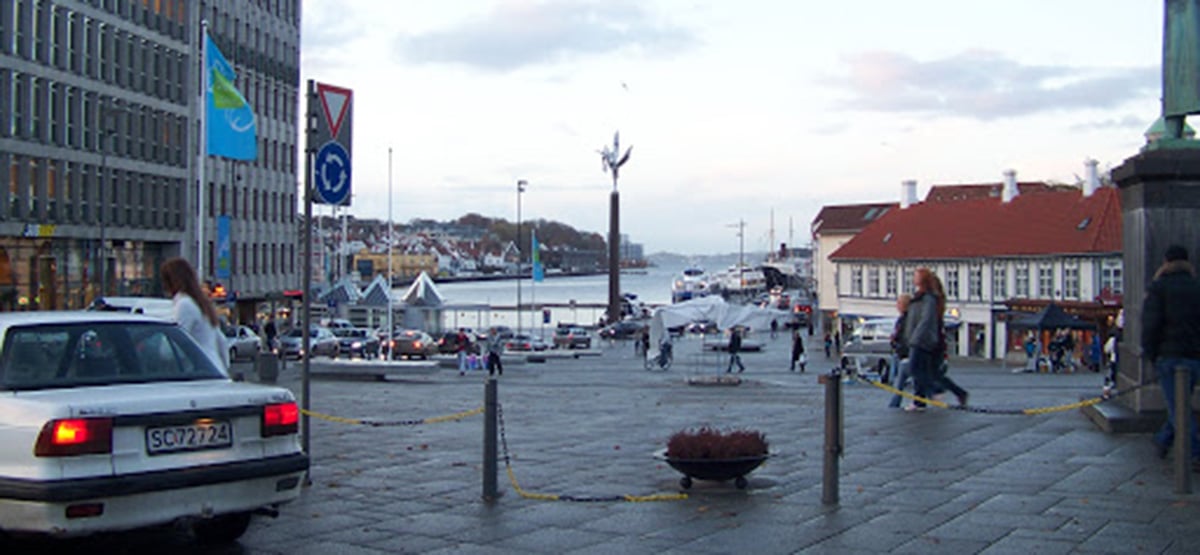
The city was invaded by the Germans in WWII, like the entire country, and after the conflict, In the late 60s, the oil boom began after being discovered deposits in the North Sea. Stavanger became the coastal center of the industry, adding also the nearby islands.
Visiting Stavanger
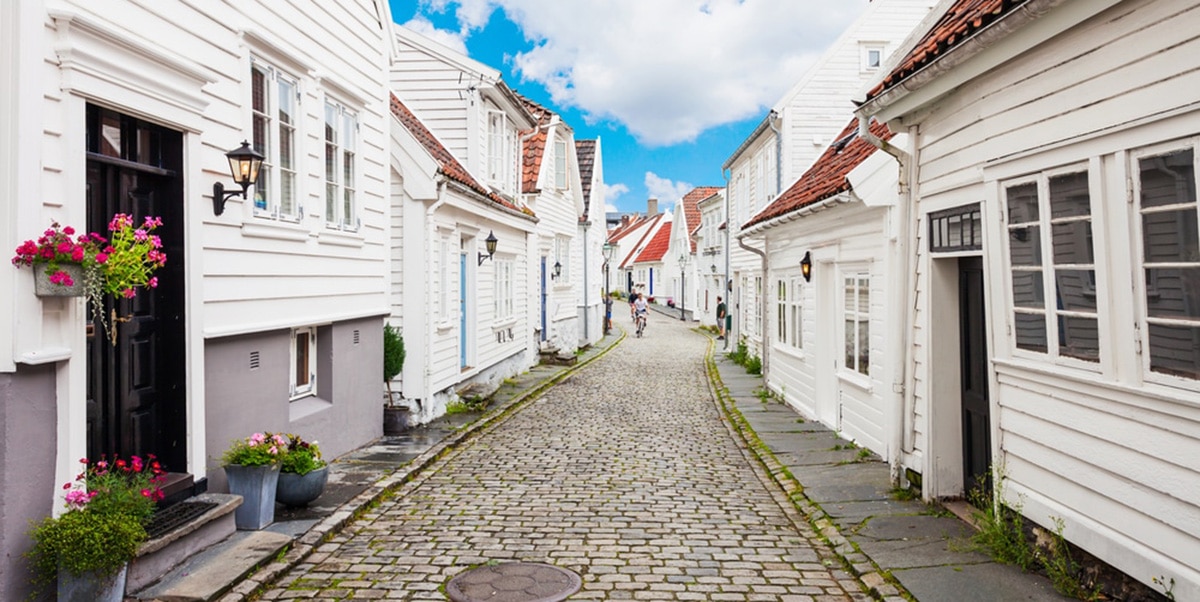
Since mid-July the city has been open to tourism from certain European countries, always in the context of the pandemic. The Stavanger old town It is on the western sector of the port and is characterized by 173 wooden houses that were built between the XNUMXth century and the beginning of the next century. In any case, wood construction is not limited to this sector, since in total there must be about 8 thousand buildings of different styles throughout the city.
All date from before the Second World War and have styles as diverse as those belonging to Functionalism, the Empire style and Art Nouveau. However, the best concentration of these wooden houses is here, in the old case. In fact, the sector concentrates largest collection of wooden houses in Europe and for that very reason he has received several awards. Even today it is a fairly popular residential area and there are handicraft workshops and shops, as well as museums.
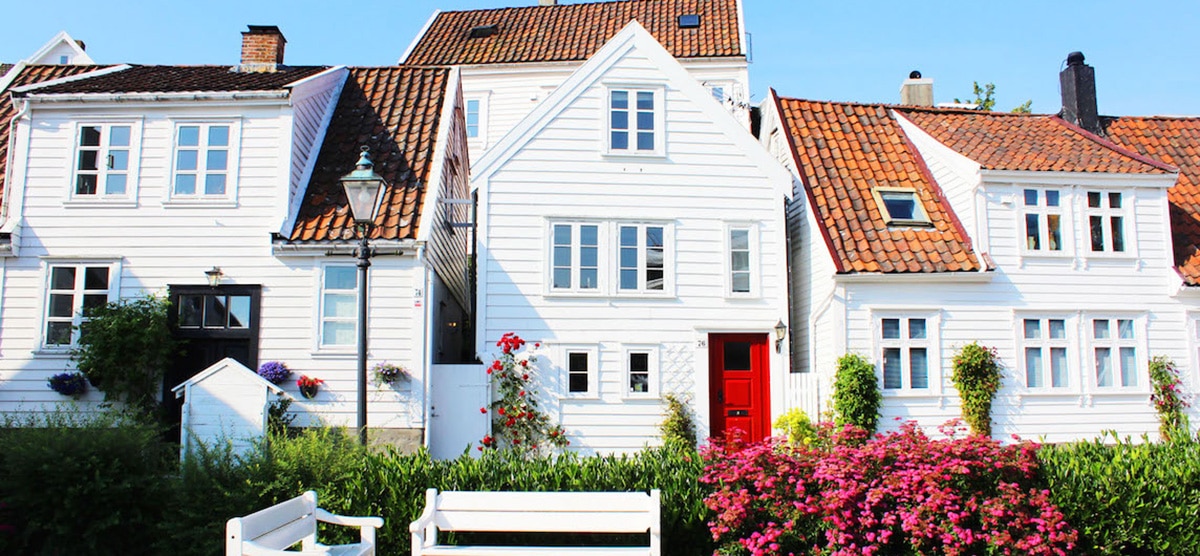
The people here are proud of their houses and gardens, beautiful in spring and summer. They are not big houses and can be disassembled and moved. In other times people traveled here with the house in tow, probably from the islands or from Ryfylke in search of seasonal jobs, so these little houses, now fixed on their land, can actually take off whenever they want. They are mostly white housesBut before they used to be red or yellow as white paint was very expensive for a working class family.

What you should not miss here is the Stavanger Cathedral, the Stavanger Maritime Museum and the Petroleum Museum. Stavanger Cathedral is the oldest cathedral in Norway and it is in the center of the city. Construction began around 1100 and was completed in 1150. It is dedicated to Saint Swithun, the first Bishop of Winchester. It burned down in 1272 and was rebuilt in the Romanesque style first and enlarged in the Gothic style later.
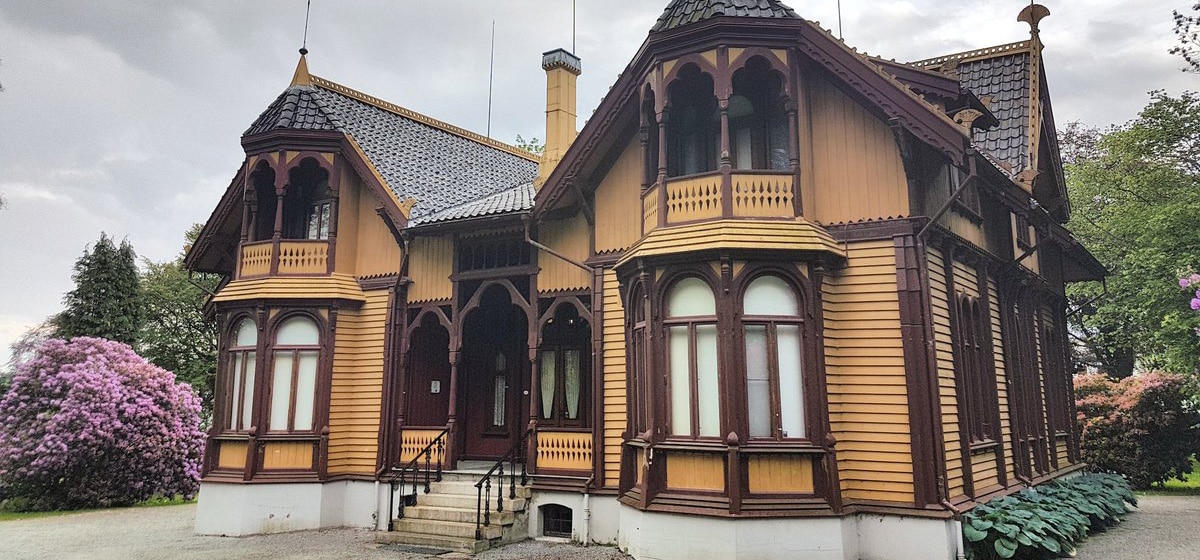
Throughout the XNUMXth century it had other modifications as well and yes, a visit for its silent interior is worth it. Breidablikk is an old family house which has been very well preserved in its 50th century style. It has original Victorian furniture, textiles, tableware, period paintings, a library from the XNUMXs of the XNUMXth century, a bomb shelter, laundry room, servants' quarters, farm tools, carriages and beautiful gardens. A window to the past.
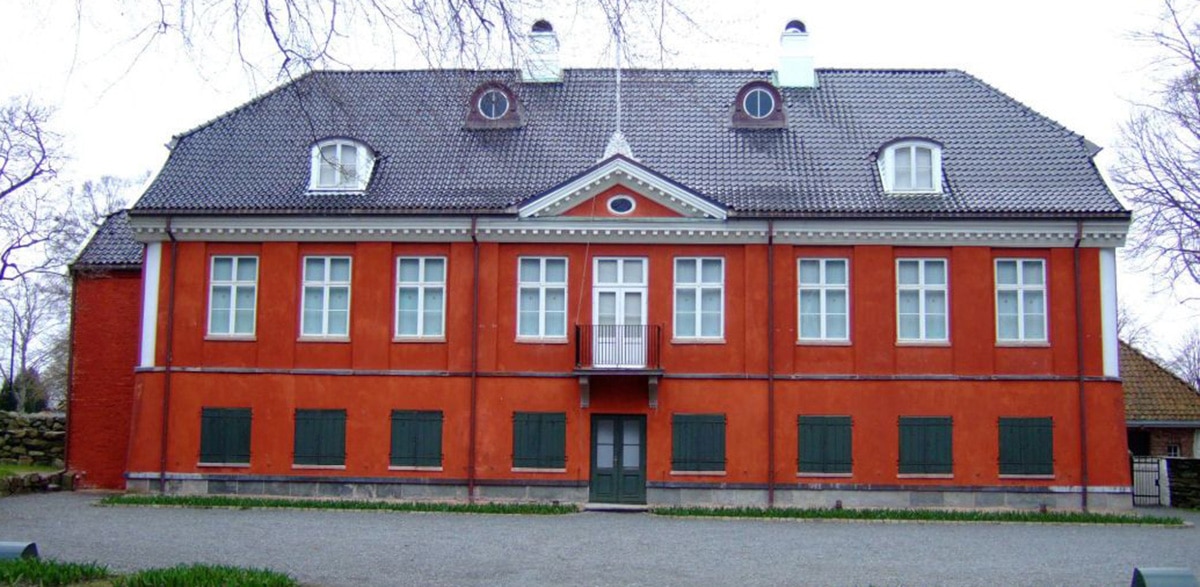
Another similar site is the Ledaal House, built as colorful summer residence of the Kielland family in 1799. It is a house of rich people and today it works as Royal residence and a museum under state ownership. Its gardens are historical and there is a nice trail to go through them.
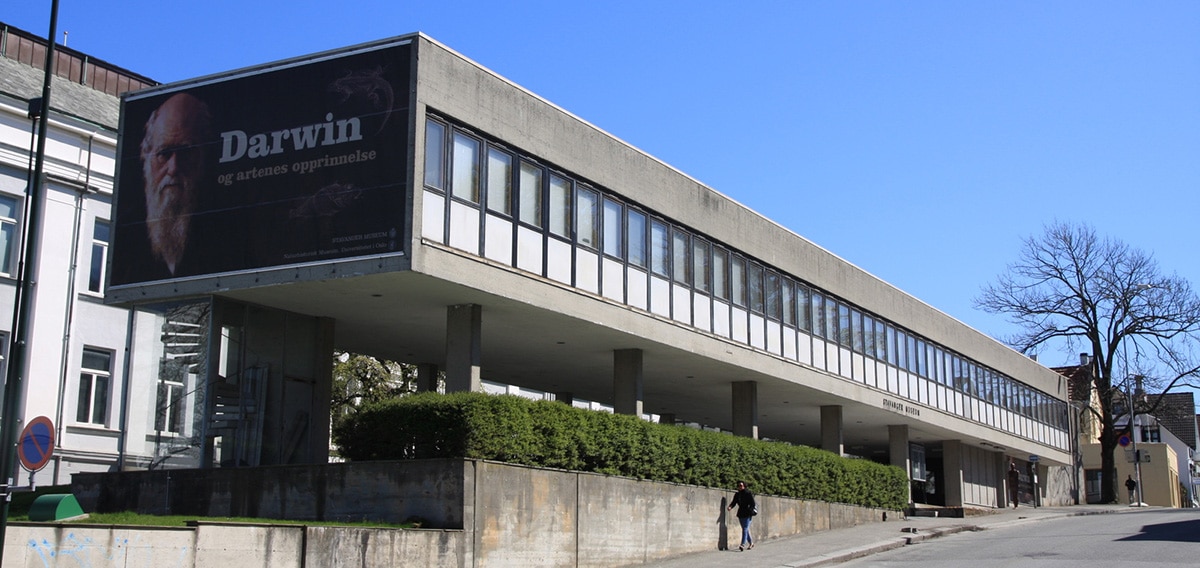
The Stavanger Museum is of cultural and natural history and it opened in 1877 in another site, to move towards the end of the XNUMXth century to its current location. It has several departments, painting, zoology, children, and so on. Finally, the Petroleum Museum opened in 1999 and if you see it from the sea it looks like an off shore oil rig. Therefore, it is very important in the coastal landscape of Stavanger.

It is built of stone, concrete and glass and is quite large. Its collection focuses on the oil activity of the North Sea and there is a bit of everything but if you are curious about how this industry works it is a great site. Another interesting construction is Valbergtarnet, one of the oldest, located north of the Market Square, on the Holmen peninsula, the oldest part of the city.

valbergtarnet It is an observation tower built in 1853 at the highest point of the city. There was always a guard posted to detect possible fires and today, without a guard, he offers tremendous views of the city, in addition to having a museum on the first floor.
But what about outside the city limits? Well, a beautiful region where some natural wonders stand out such as the famous Preikestolen, the Pulpit. This huge stone is 604 meters above sea level and is the most visited in the county where Stavanger is, Rogaland. A fact: in 2017 300 thousand people visited him, and that reaching him implies four hours of hike to do eight kilometers.
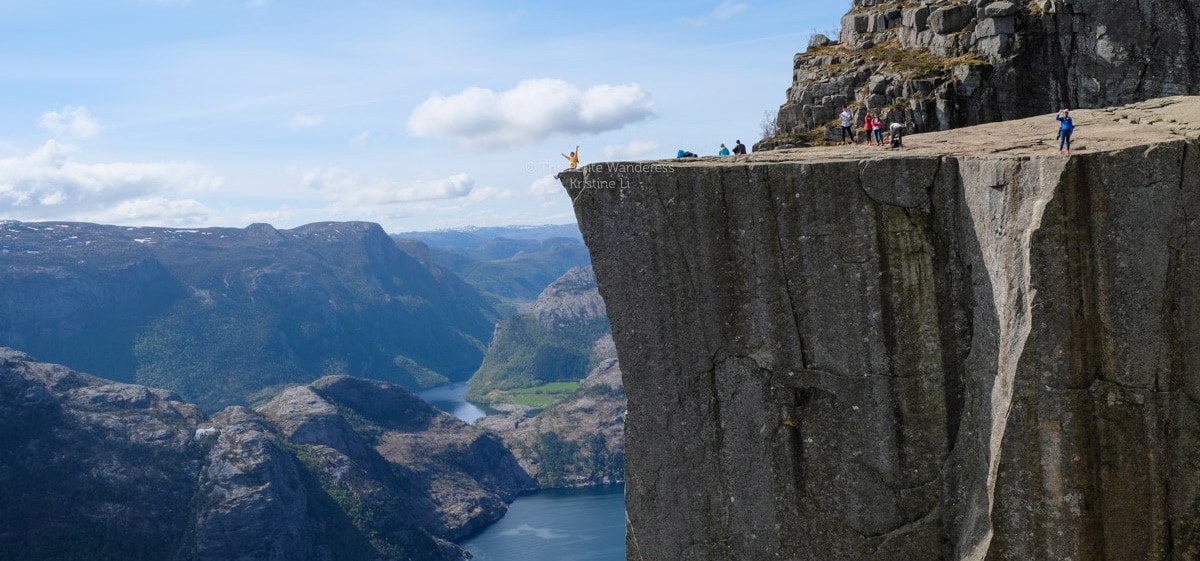
The hike is not entirely easy so they recommend having some hiking experience. The good thing is that the Pulpit can be visited all year round, although in summer it is more beautiful (from April to October, November). You have to go with a backpack, calculate that a 30-liter is perfect, with a mobile, map, flashlight and first aid kit. The route itself begins at Preikestolen fjellstue, a hut, to which reached by car or boat, or by bus from Stavanger.
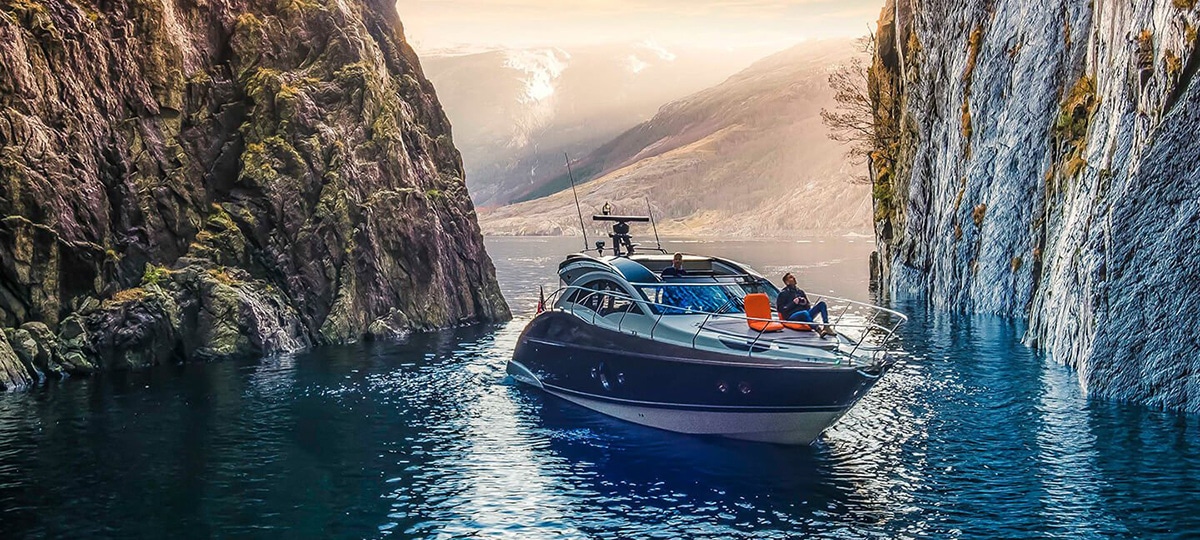
There are guided routes and if you do not have experience it is the best option. The same goes for the Ryfylke region with its fjords and mountains. East of Stavanger, after a pleasant little boat trip, you reach Lysefjord, a fjord 37 kilometers long and almost two meters wide. Its waters are tremendously green and to have the best view there is a rock just over a thousand meters high. Beautiful views.
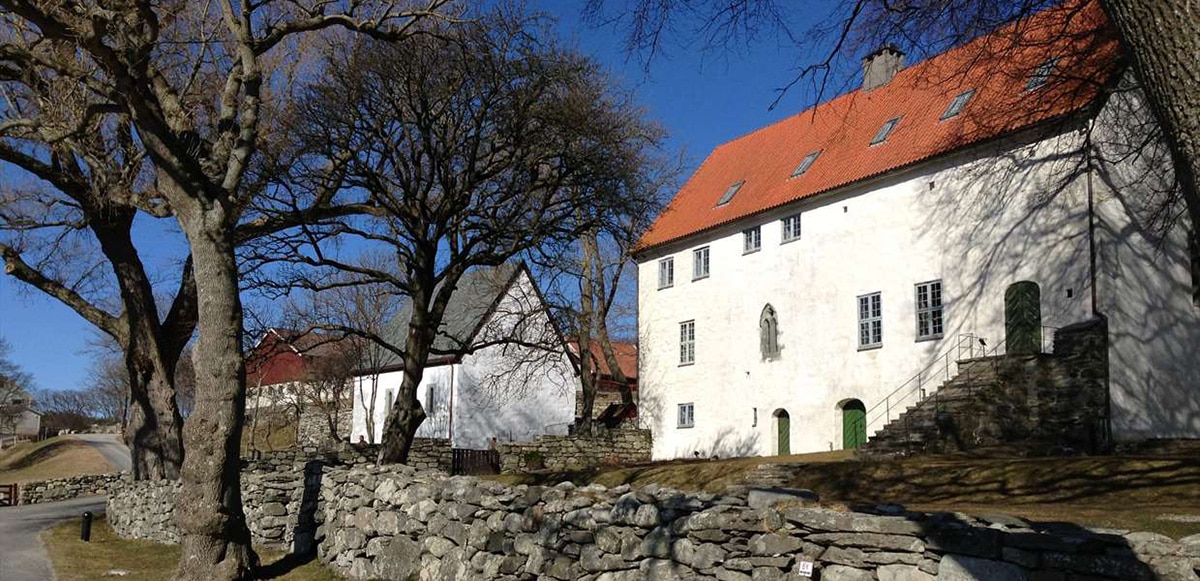
We said at the beginning that Stavanger is an important coastal city and that it is also expanding into some islands. The islands are to the north, between islands and islets, and one of the most popular is the small Klosteroy, linked to a larger island, Monteroy, by a bridge. The little island is famous for its Augustian abbey of the thirteenth century. It is reached by boat and it is worth it.
So far a summary of a must see in Stavanger. If this is your first time, it is advisable to stay in the city center as there are many attractions that can be reached on foot. The best neighborhoods are the old town, Gamle Stavanger, Vagen, on the bay, with bars, clubs and restaurants, and Bekkefaret, on the outskirts and close to the nature reserves. .
How do you get to Stavanger? By plane, the airport is only 20 minutes from the center, by train from Oslo or Kristiansand or by bus from the same cities or Bergen.